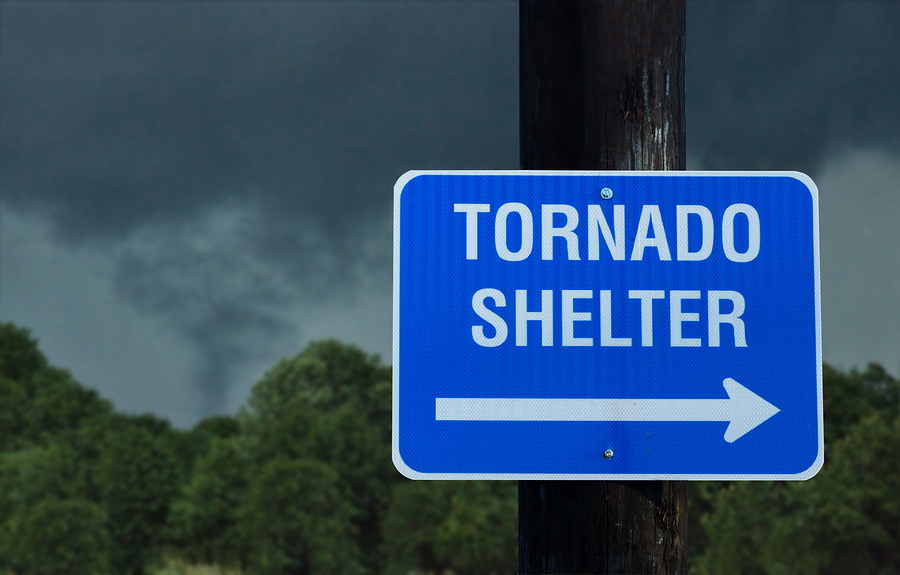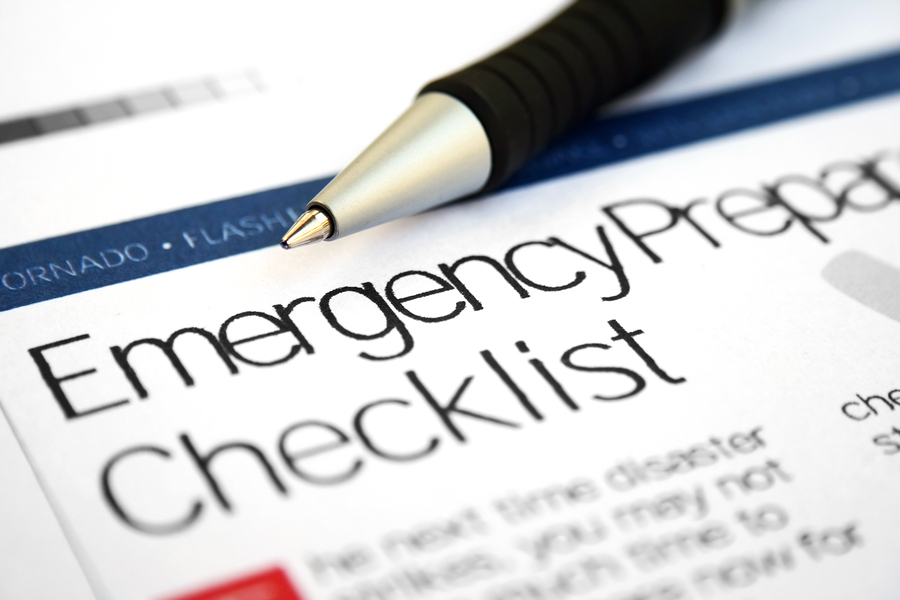In our previous blog on tornadoes and related natural disasters, we discussed best practices manufacturers can use to safeguard their facilities against Mother Nature’s wrath. In this follow-up article, you’ll find a checklist you can use to prepare for the worst.
Your emergency plan checklist
Don’t leave your emergency response to chance. A formal written emergency plan can help reduce confusion and enable a quicker, more effective response. Before you begin, conduct an audit of your manufacturing facility’s emergency preparedness to see where your vulnerabilities are. Include an analysis of staff, structures, and systems, including communications and utilities. Make sure your plan addresses all these components:
- Instruct employees on the importance of staying abreast of weather conditions. Identify the media outlets they should tune into for emergency alerts and develop a procedure for notifying staff to take emergency precautions. Test your emergency alerting systems frequently and make improvements when needed.
- Identify the safest locations within your manufacturing facility and the best routes for all employees to seek shelter. Designate team leaders to ensure they notify all employees, including those with language barriers or who are differently abled, to take appropriate action. Keep an up-to-date personnel roster and do a headcount as employees arrive at designated shelter locations.

- Designate a location where employees should gather after the immediate danger of the tornado has passed so you can account for everyone. Communicate with rescue operations personnel the names and locations of staff members who are unaccounted for.
- If you use or store hazardous materials at your facility, designate a team of workers who will be responsible for safeguarding these substances and mitigating the threats their releases can pose. Such companies must also comply with OSHA’s Hazardous Waste Operations and Emergency Response (HAZWOPER) standard, 29 CFR 1910.120.
- Prepare emergency kits and make them available in each designated shelter location. You can find the Federal Emergency Management Agency (FEMA)’s basic list of what you should include in your emergency kit here. In general, these kits should include:
- Enough food and water for each employee for three days
- First aid kits and masks to filter contaminated air
- Cell phones, chargers, flashlights, battery-powered radios, and extra batteries
- Tools to turn off utilities
- Conduct drills and exercises to ensure your disaster plan is complete and effective, and that staff members understand what they need to do in the event of a tornado or other catastrophic event.
- Develop a plan of action for getting your company back up and operating as quickly as possible.
 Even if your manufacturing facility is not located in an area prone to tornadoes, it’s still important to have an emergency plan in place. Tornadoes have been recorded in all 50 states and can occur at all times of the year. In addition to twisters, you can also add elements to your plan to keep personnel safe in the event of catastrophic disasters such as earthquakes, hurricanes, and wildfires.
Even if your manufacturing facility is not located in an area prone to tornadoes, it’s still important to have an emergency plan in place. Tornadoes have been recorded in all 50 states and can occur at all times of the year. In addition to twisters, you can also add elements to your plan to keep personnel safe in the event of catastrophic disasters such as earthquakes, hurricanes, and wildfires.
Chances are you will never need to implement your emergency plan, but you can’t count on luck to protect the safety of your employees and the health of your manufacturing company. Get the peace of mind that comes with having a comprehensive disaster plan. If you need help to ensure you’ve addressed all concerns, consult with an expert so you leave nothing to chance.
